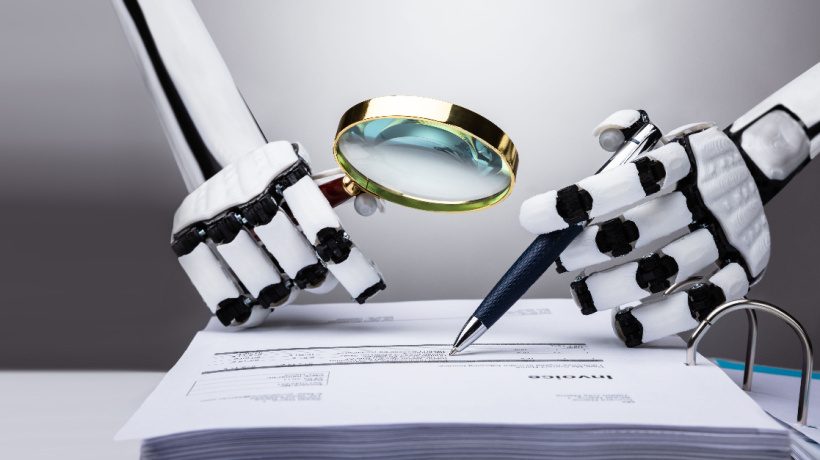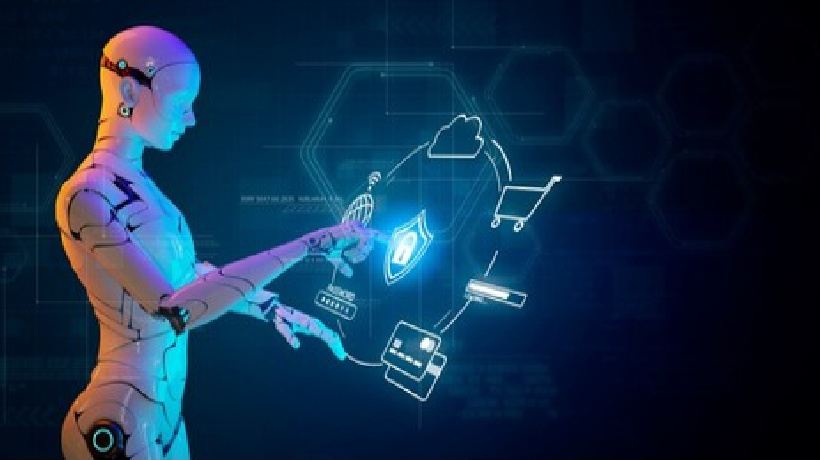How AI Is Changing The World Of Education
Artificial Intelligence (AI) has made its way into the world of education. And with it, a new set of challenges and difficulties for educators emerged. Responsible use of AI can help prevent academic dishonesty, preserve creativity skills, and uphold the integrity of education. While it can be a precious learning tool, it can also present a risk regarding plagiarism and cheating. And that is why AI detection in schools is needed. This article discusses the potential dangers AI exploitations may pose to students’ learning.
AI Detection Is Necessary For Assuring Student Safety And Efficient Learning
AI is one of the critical pillars of ensuring and maintaining student online safety. For example, it can be an irreplaceable tool for detecting harmful threats to students. But, along with the benefits of technological advances in the field, some disadvantages also emerged. The broad boom of technology in the last months brought new ways of exploiting these modern tools.
Plagiarism And Cheating
Plagiarism and cheating are probably as old as organized education itself. But AI has now made it easier than ever to copy and paste content from the internet without attribution. Not to mention how anyone (including students) can create entirely new works using AI-powered tools in a matter of minutes. According to EdWeek, 17% of educators surveyed stated they had already caught students trying to pass off AI-written work as their own writing. This can lead to increased academic dishonesty, which can have severe consequences for both students and schools.
Loss Of Creativity Skills
The use of AI-generated content may cause a loss of creativity skills among students. Students who rely too much on AI-powered technologies may lose their ability to produce original content, which is necessary for success in many different disciplines. Many traditional school activities hold big value for students’ further development. For example, according to SimpleK12, creative writing boosts imagination, creativity, self-expression, and self-confidence. Also, communication and persuasion skills are not to be forgotten. Besides richly fostering creativity, writing boosts effective communication, vocabulary, storytelling abilities, and so on. Squirrel Learning [1] even writes about improving intellectual skills and emphasizes the importance of writing skills in grooming essential communication skills needed for life.
Integrity
Another important reason to back the importance of AI detection in schools is upholding the integrity of education. Educators have a duty to make sure students are learning in a fair and honest setting. And students who cheat or plagiarize by using AI-generated content undermine not only the educational system as a whole but also themselves. By detecting and addressing AI-generated content, schools can send a clear message that academic dishonesty will not be allowed.
AI Detection For AI-Generated Content
These are some of the reasons why AI detection in schools is sorely needed in order to prevent plagiarism and cheating. By identifying content that is not original or has been generated using AI tools, artificially conducted content can be identified. And because, again, schools hold a responsibility to uphold the integrity of education, AI detecting efforts are already showing.
While modern technology eases cheating, it also eases checking work for compliance with academic requirements. Some of the nation’s school districts have already announced the ban of ChatGPT tools on school networks and devices. After weeks of educators worrying about AI tools fuelling academic dishonesty and hindering learning, the makers of the most famous AI tool, OpenAI’s ChatGPT, have already published an AI detection tool, AI Text Classifier [2]. Besides this, many other similar tools, which you can find online, have already been published.
Conclusion
Considering the widespread use of AI text-writing tools and their current availability, schools are expected to take further action. The inability to control what students do on their personal devices is another reason why simply banning such tools in school networks may not be enough. In the future, AI detection will most likely become a part of classroom screen monitoring software and, as such, allow teachers to discern which assignments are AI-written and which are not. AI in education may not be all bad—but teachers and other educators must undoubtedly keep the upper hand.
References
[1] The Importance of Creative Writing in the Youth.
[2] New AI classifier for indicating AI-written text









